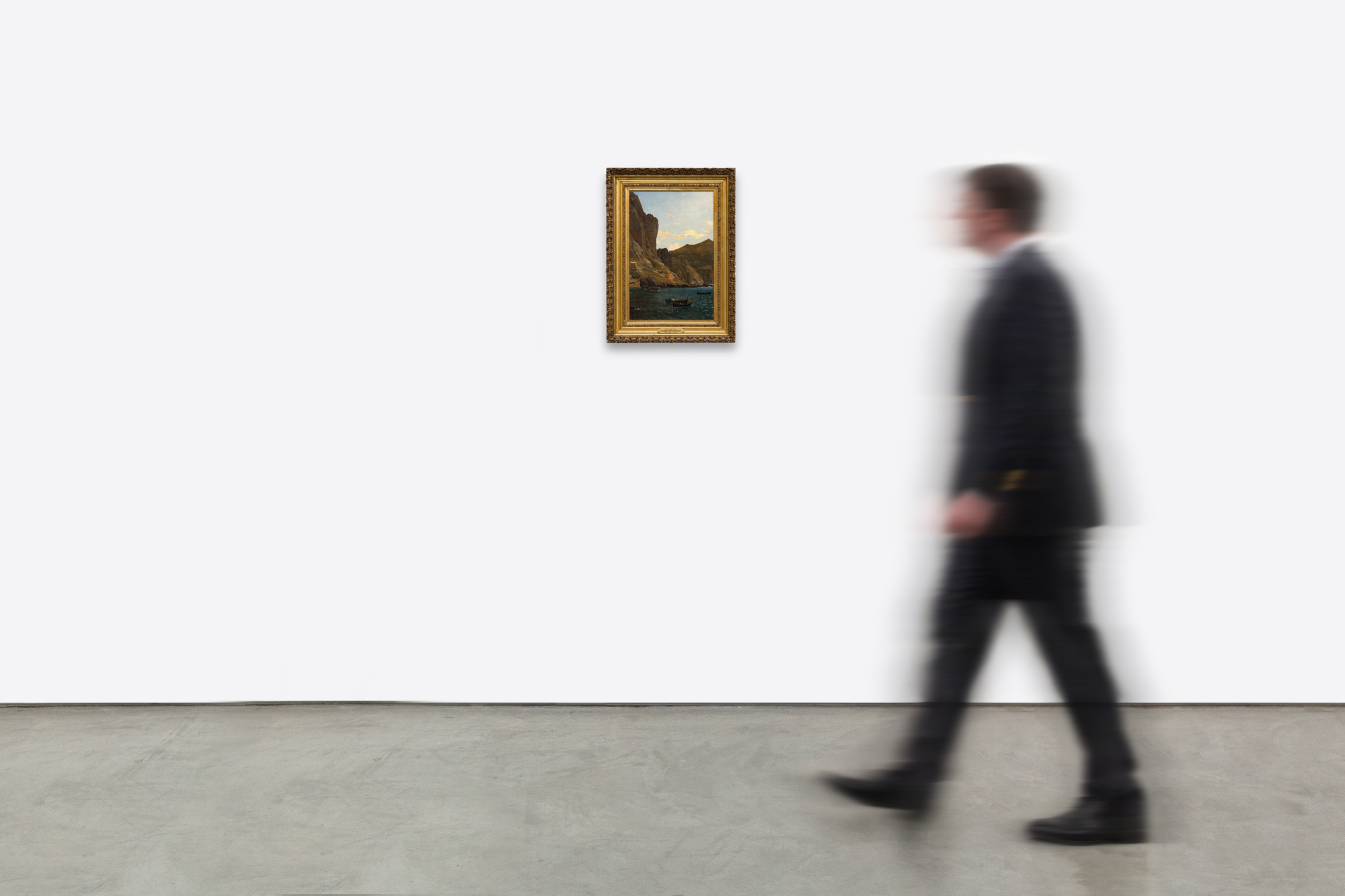ALBERT BIERSTADT (1830-1902)







Provenance
David Dike Fine Art, Dallas, TexasPrivate Collection, acquired from the above, c. late 1990s
Christie's New York, January 18, 2024, Lot 230
Private Collection, acquired from the above sale


